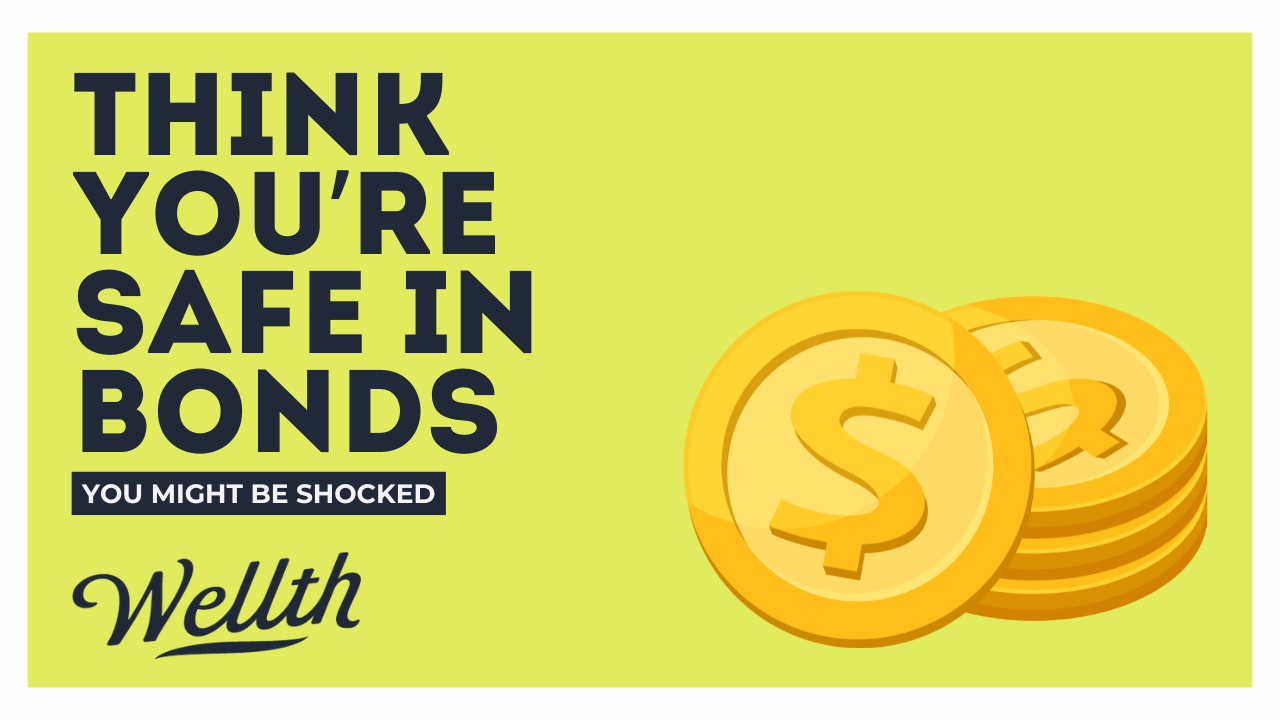Think You’re Safe in Bonds? You Might Be Shocked
Why Your Go-To Investment Could Secretly Be a Ticking Time Bomb—And How to Protect Yourself.
You can almost hear the complacency in the markets. Inflation is “under control,” the Fed is “almost done,” and bonds? Supposedly, they’re safe again.
But what if that’s exactly the setup for the next hit?
Because beneath the calm headlines, something familiar — and dangerous — is taking shape. Demand is cracking. Tariffs are flaring. And the conditions that crushed both stocks and bonds in 2023 are quietly falling back into place.
Let’s dig in.
Confidence Is Cracking. So Is the Global Trade Machine.
You wouldn’t know it from stock prices, but the foundations of the economy are quietly eroding.
Container traffic through key U.S. ports is down sharply. Truck sales are slowing. Consumer expectations have suffered their biggest three-month drop since 1990. These aren’t the usual background noise of an economy “normalizing.” They’re recession signals, hiding in plain sight.
Business investment is also rolling over. The same “animal spirits” that drove post-COVID growth are now deflating — quietly, but steadily — under the weight of policy uncertainty and weakening demand. The mood has shifted. And when confidence pulls back, spending soon follows.
Tariffs Are Quietly Reigniting Inflation
At the same time growth is fading, a new wave of inflationary pressure is building.
Former President Trump’s latest round of tariff proposals — including a 60% levy on Chinese goods and 10% on all imports — threatens to reignite the exact supply-side price pressures the Fed spent the last two years trying to contain. Already, the Port of Los Angeles expects arrivals to fall by a third this year — a bottleneck that will inevitably ripple through prices.
For investors, this is the definition of stagflation risk: economic stagnation paired with rising prices. It’s a scenario where traditional playbooks don’t work, where rate cuts are off the table and stimulus is constrained. And yet, the market still seems anchored to a more benign outcome.
2023 All Over Again — But Worse
We’ve seen this movie before.
In 2023, inflation stayed higher for longer than expected, while economic data deteriorated. Both stocks and bonds sold off — a rare but painful combination for investors who expected at least one side of the portfolio to act as a hedge. The result? Traditional 60/40 portfolios posted their second-worst year in two decades.
Now, we’re setting the stage for a repeat performance — only this time, the Fed has even fewer options.
If tariffs push prices higher, the Fed may be forced to hold rates steady or hike further — even as business activity slows. That’s not just a policy error waiting to happen; it’s a trap. And it leaves investors with virtually no margin for error.
The Market Isn’t Ready — But You Should Be
Today’s market is priced for disinflation and soft landings. But the data — and the political landscape — suggest otherwise. If the current trends continue, we could be looking at a return of the most toxic market environment for portfolios: one where bonds lose value, stocks roll over, and cash is no longer trash — it’s your lifeboat.
This doesn’t mean panic. It means positioning.
Stagflation doesn’t have to be a death sentence for investors. But it does require a different mindset. Diversify away from duration risk. Reconsider traditional 60/40 allocations. Look to real assets, floating-rate debt, and income strategies that hold up when inflation and volatility both run hot.
And most of all, stay alert. In 2023, too many investors were caught off guard. This time, the signs are louder, the stakes are higher, and the window to prepare is still open — but narrowing.
Because when the bond market offers no shelter, and equities start slipping under the weight of higher-for-longer policy, it won’t be a soft landing. It’ll be a hard truth for portfolios built for the last cycle — not the one we’re entering.
The replay may already be underway.
Disclaimer: This analysis is for informational purposes only and does not constitute financial advice. Investors should conduct their own due diligence and consult with a financial advisor before making investment decisions.


